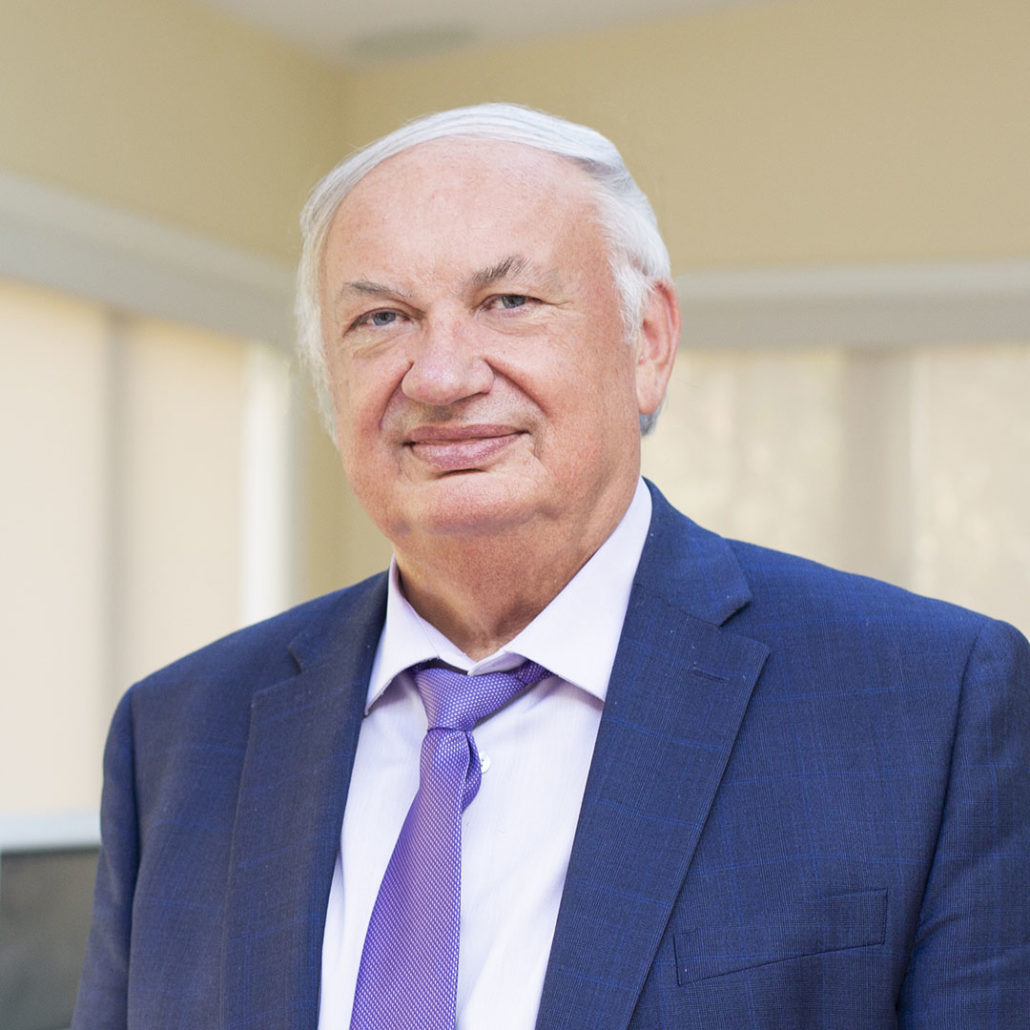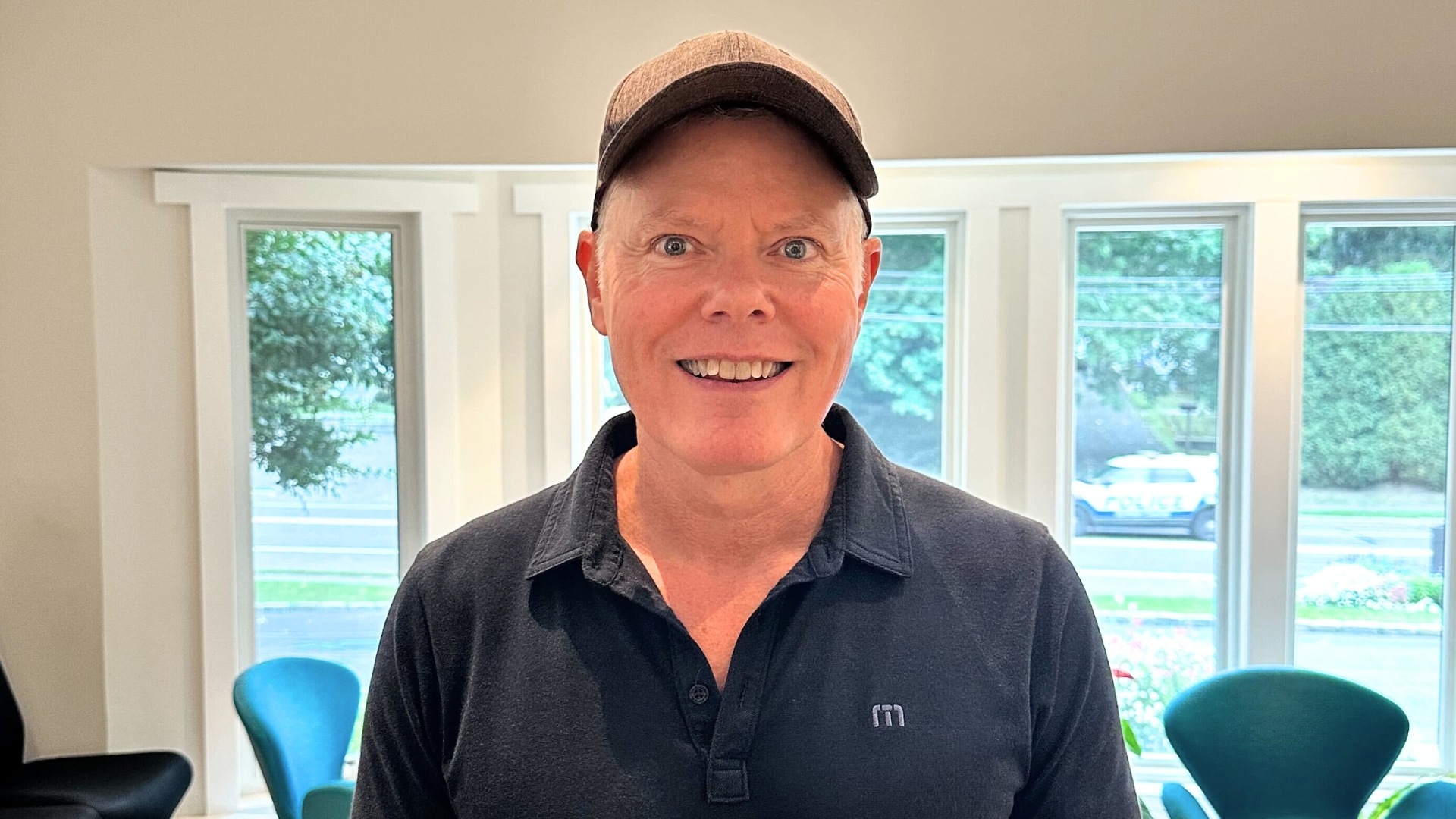NYCIM Featured in Goop to Discuss Lyme Disease
Be sure to check out our article in goop (the popular wellness and lifestyle site from Gwyneth Paltrow) on Lyme disease, in which Dr Thomas Szulc and Innovative Medicine contributed to shedding insight into this complex, multi-faceted, and often misunderstood condition.
Why Lyme?
The better question is why not? Aside from being one of the most talked about conditions today, it’s an incredibly complex condition that requires a complete new approach to truly have lasting results in most diagnosed chronic cases.
Lyme disease can impact joints, multiple organs, systems and often affects the brain and nervous system. Not only are some of these areas (such as deep connective tissue with limited blood circulation) virtually out of reach of most antibiotics which are delivered through the bloodstream via the circulatory system, but spirochetes are notoriously resilient. They have an in vitro replication cycle of about seven days, one of the longest of any known bacteria, and killing off the weaker spirochetes is believed to give rise to ever stronger, more virulent, and more resistant ones. In addition, the presence of multiple other pathogens can be found in patients with Lyme disease that include:
- Viruses: CMV, EBV, HHV-6, Coxsackie
- Bacteria: Bartonella, Ehrlichia, Mycoplasma, Chlamydia, Staphylococcus & Streptococcus
- Parasites: Babesia, Giardia, Fluke and
- Fungi: Candida rugosa, Aspergillus
Finally, a number of other underlying dysfunction such as a compromised immune system, high toxic burden, emotional stress, and energetic imbalances often play a role in Lyme disease patients. So how does one treat Lyme disease?
That’s what goop interviewed Dr. Szulc and us to find out. The answer NYCIM believes, as was already alluded to, is not to only target these pathogens but also to shift the underlying physiological condition of the patient so that such pathogens can no longer persist! – And this is not accomplished by chasing and treating each symptom, but rather by understanding the underlying systems, how they are involved, and strengthen and support them to naturally cleanse the body and rid it of unwanted guests.
As Dr. Szulc states, “Lyme is a complex condition, with so much going on in the background. You need to have an appreciation for the complexity of the disease, and for gaining as much knowledge and understanding as you can from patients. There is an art to medicine, and Lyme disease requires all the skills of this craft to rectify the situation and truly restore health. Ultimately, we want patients to be in control of their own health, to initiate a self-healing response, and help them to optimize immune function.”

There is an art to medicine, and Lyme disease requires all the skills of this craft to rectify the situation and truly restore health.”
Thomas K. Szulc, MD
Medical Director, NYCIM
Read the Article
» Click here to read the article
Highlights from the Article
- Lyme mimics many other conditions, which is why it’s difficult to diagnose. Plus, Lyme disease is typically confounded by the presence of other associated pathogenic organisms—such as viruses, other bacteria, fungus, and parasites. It represents not only a collapsed immune system, but several other multifactorial causes, which can be physical, mental-emotional, as well as more spiritual. Concerning the latter two levels, I see patients who are very often lost in their day-to-day, in their purpose, how they look at life, and what they see as their position in their family, larger groups, and society.
- With this approach, there is no set Lyme protocol—the aim is to identify all underlying dysfunctions and contributing factors, and personalize and prioritize each patient’s treatment. What may be right for one patient does not mean it is right for another.
- At NYCIM, we always explain that we do not treat Lyme disease, but rather treat the patient with Lyme disease (or with any other condition). There are some incredible integrative therapies that aim to correct root causes of major dysfunctions, but we cannot take a blanket approach. We must use as much specificity as possible in order to succeed in the face of complex conditions such as Lyme disease.
- For patients in a compromised state, I recommend a diet plan that supports cellular function and detoxifies the body. The goal is to nourish without adding extra burden. While every diet is extremely individual, one overarching key is avoiding toxins regularly found in our food supply—everything from mercury to pesticides like glyphosate. We look to release burdens imposed on the lymphatic system, and improve digestion and the function of the organs of elimination—like the liver, kidneys, and colon—to restore the patient’s ability to improve their own immune system, and induce a self-healing response. In order to achieve this, we need to eat foods that are alkalizing so that we have a healthy pH and environment where pathogens cannot survive. This includes all leafy greens & vegetables, nuts, seeds, legumes, whole grains (brown rice, quinoa, amaranth, buckwheat, millet, and oats), and fruit. We also focus on quality: opting for organic, non-GMO, and unadulterated produce over processed products with long shelf-lives and added chemical preservatives.
- While a typical blood test would use blood chemistry to see how someone might deviate from a preset reference range, BAH also evaluates an individual from an energetic point of view. With BAH, we can evaluate toxicity, pathogens, stresses, tissue pH, the function of the autonomic nervous system, nutritional deficiencies, allergies, and dysbiosis (microbial imbalance). Overall, the method takes into account how every person is unique—from pathogens to genes, gene expression, toxic exposures, environmental stressors, and emotional trauma—to come up with a treatment plan that is highly individualized and compatible with the patient. It is like a truthful conversation with the patient’s inner intelligence.
- The conventional approach to medicine pays attention to and tries to control the manifestations of disease, which are mostly symptoms. This new approach is looking for the causes of dysfunction. The body has an unbelievable ability to heal—we are all able to heal ourselves, and we are constantly adapting to do this. If we can eliminate factors that interfere with this ability—whether it be mental stresses or exposure to toxins like heavy metals—the body is then able to take over and heal itself.
- State of mind is likewise very important—that you feel joy and happiness—and that your spiritual position is selfless and serving. Raising our state of consciousness, we see how higher states such as love, joy, acceptance, and courage can facilitate a healing response. By promoting positive mental attitudes and consciously learning to relax, we can greatly affect our health in positive and affirming ways.
Disclaimer: The statements made in this article have not been evaluated by the Food and Drug Administration. Any products or treatments mentioned are not intended to diagnose, treat, cure, or prevent any disease. Please consult a licensed medical practitioner for medical advice.
At Innovative Medicine, we believe in transparency. We want you to know that we may participate in affiliate advertising programs pertaining to products mentioned herein.
See how we can help you restore complete health of body, mind & spirit.
Join our mailing list and receive exclusive offers + information!




Trackbacks & Pingbacks
[…] Related: NYCIM Featured in Goop to Discuss Lyme Disease […]
[…] Related: NYCIM Featured in Goop to Discuss Lyme Disease […]
[…] Related: NYCIM Featured in Goop to Discuss Lyme Disease […]
[…] Related: NYCIM Featured in Goop to Discuss Lyme Disease […]
[…] Related: NYCIM Featured in Goop to Discuss Lyme Disease […]
[…] Related: NYCIM Featured in Goop to Discuss Lyme Disease […]
[…] Related: NYCIM Featured in Goop to Discuss Lyme Disease […]
Leave a Reply
Want to join the discussion?Feel free to contribute!